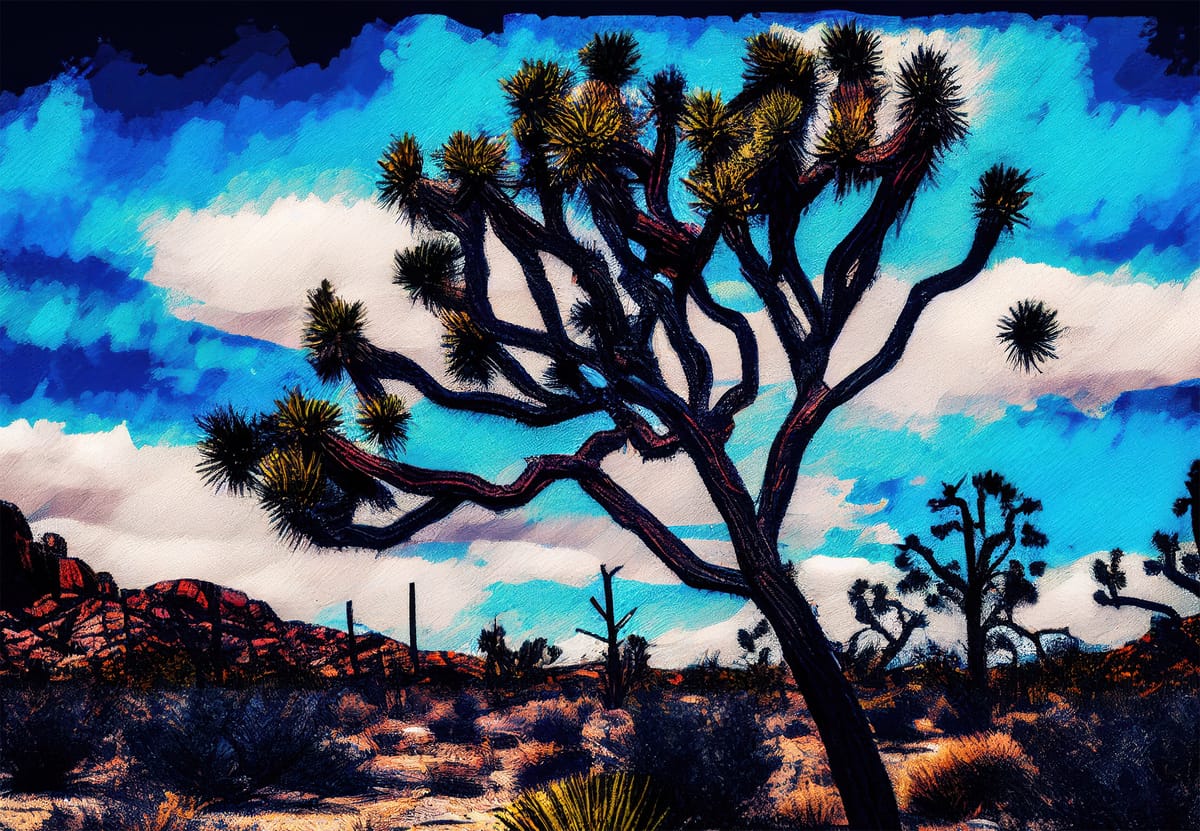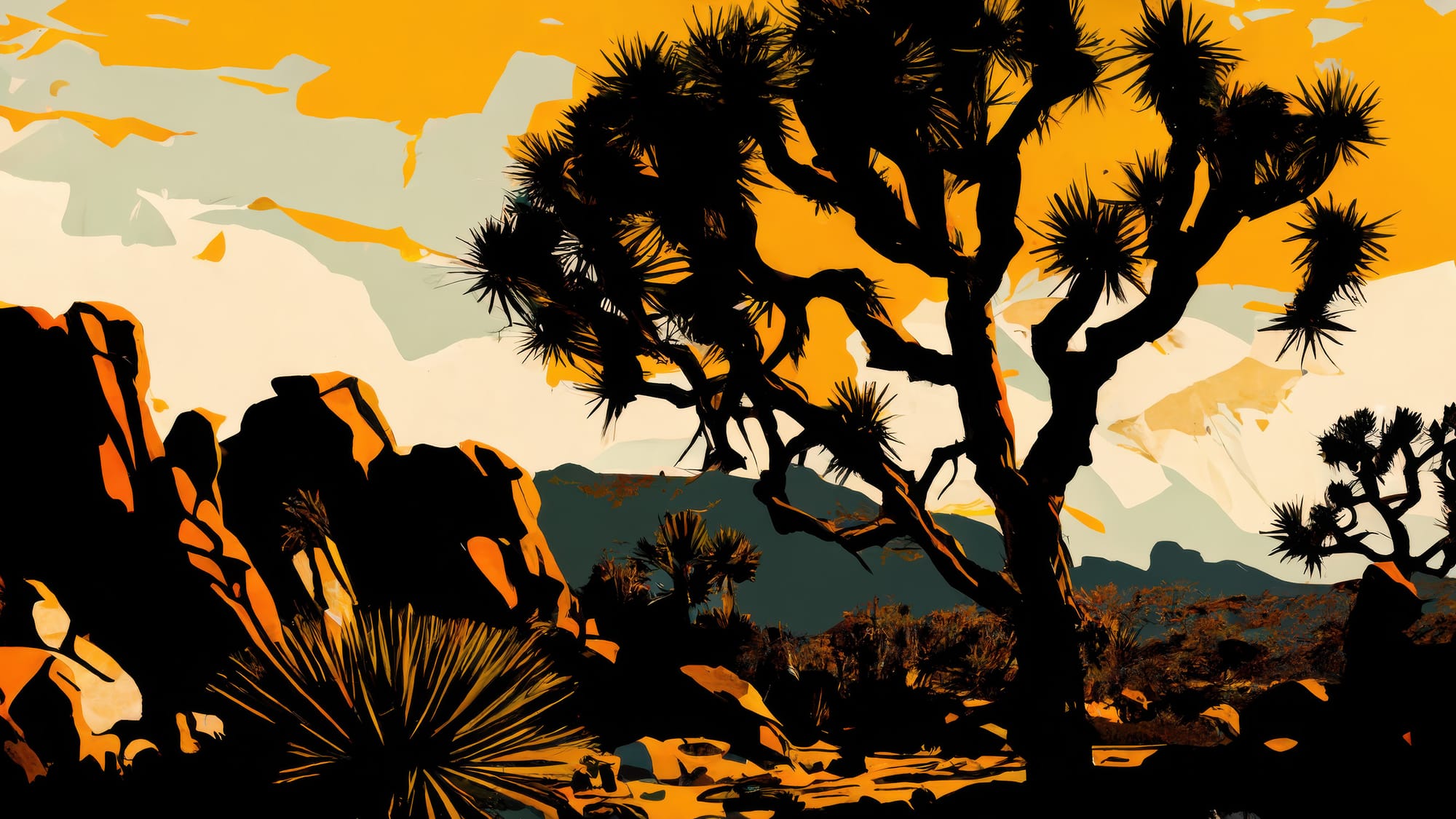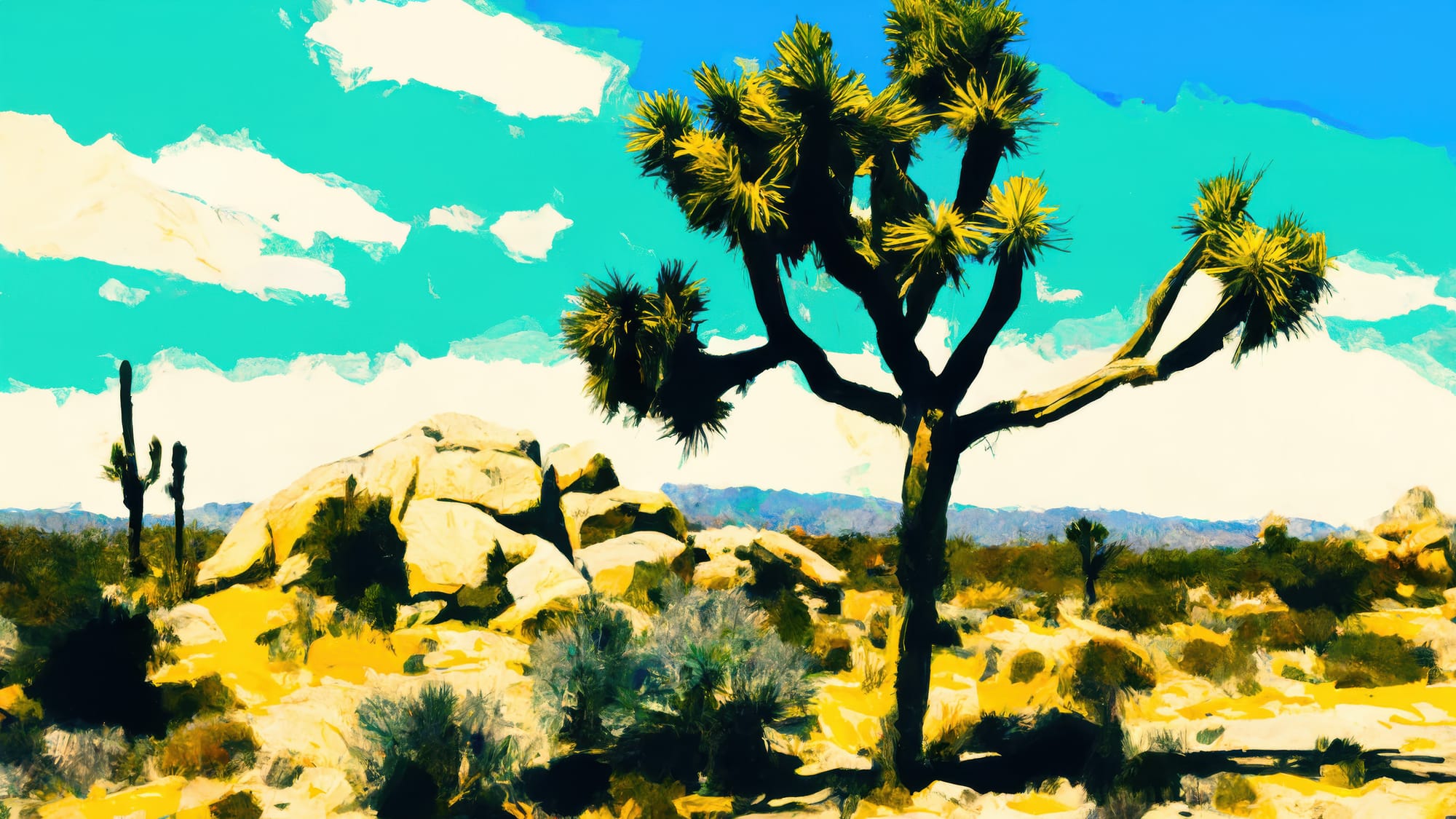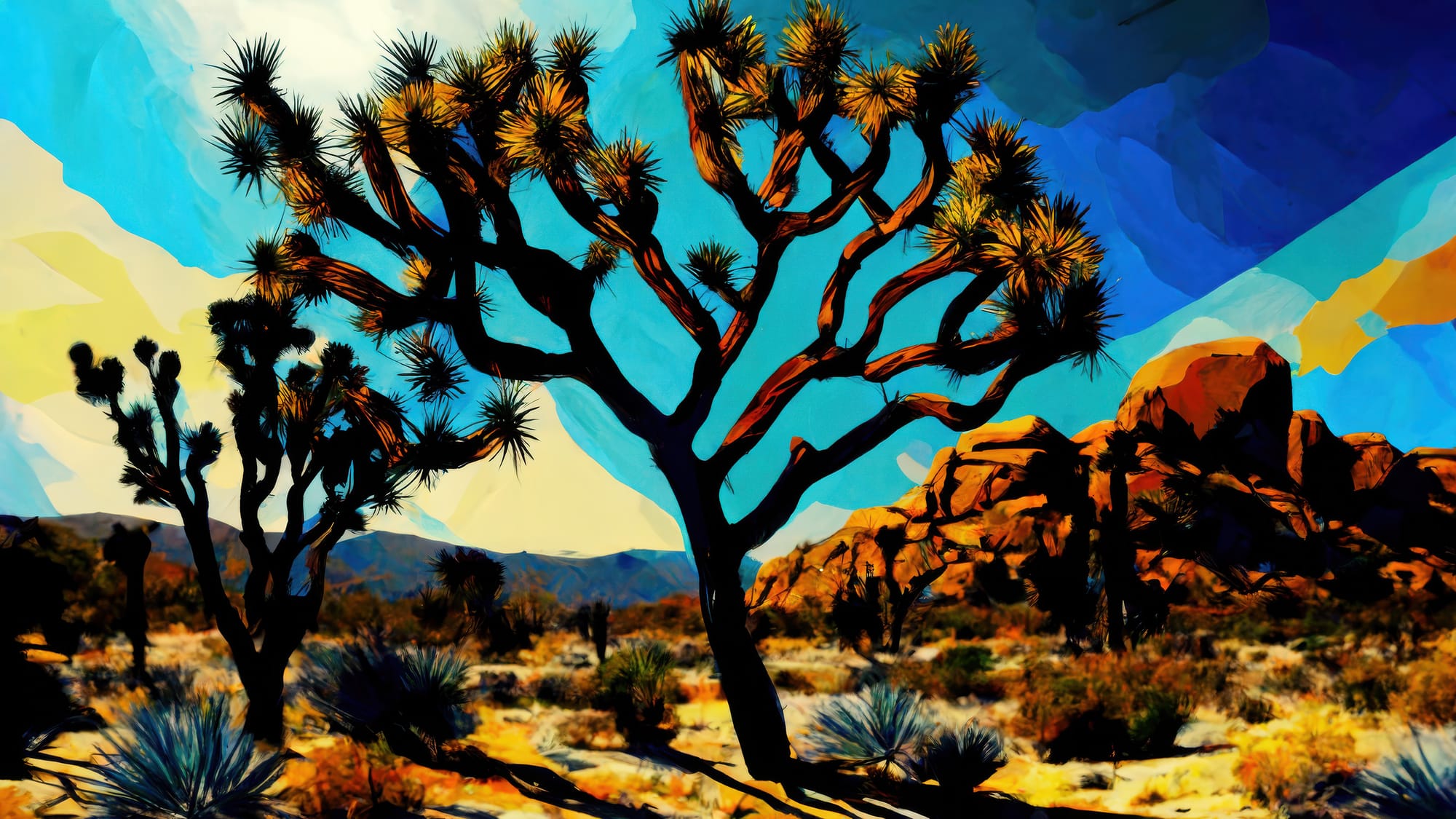Joshua Tree National Park, California, USA
Explore Joshua Tree National Park, where deserts collide. Marvel at unique rock formations, dark skies, and iconic Joshua trees. Best in spring or fall, it offers hiking, climbing, and stunning views. Don't miss Hidden Valley and Keys View. This California wonderland awaits your adventure!

Welcome, adventure seekers and nature lovers! Today, we're diving into the mesmerizing world of Joshua Tree National Park, a desert wonderland where two distinct ecosystems collide to create a landscape unlike any other. Get ready to discover otherworldly rock formations, star-studded night skies, and of course, the iconic Joshua trees that give this park its name.
Getting There and When to Visit
Joshua Tree National Park is located in southeastern California, about a 2.5-hour drive from Los Angeles or San Diego. The park has three main entrances:
- West Entrance (most popular): Near the town of Joshua Tree
- North Entrance: Near the town of Twentynine Palms
- South Entrance: Near Cottonwood Spring
Best Time to Visit: Spring (March to May) and Fall (October to November) offer the most pleasant temperatures. However, each season has its charm:
- Spring: Wildflowers bloom, creating a colorful spectacle
- Summer: Extreme heat, but perfect for stargazing
- Fall: Mild temperatures and smaller crowds
- Winter: Cool days and occasional snow, offering a unique desert experience
Local Tip: If you're visiting in peak season (spring or fall weekends), arrive early to avoid long lines at the entrance stations.

Must-See Attractions and Points of Interest
- Hidden Valley Nature Trail: A 1-mile loop that showcases the park's iconic rock formations and desert flora. It's a great introduction to the park's landscape.
- Keys View: Drive up to this viewpoint for panoramic vistas of the Coachella Valley, San Andreas Fault, and on clear days, Mexico.
- Cholla Cactus Garden: A short nature trail through a dense concentration of cholla cacti. Visit at sunrise or sunset for magical lighting.
- Skull Rock: This natural rock formation resembles a giant skull. It's right off the main park road and easy to access.
- Barker Dam: A short 1.1-mile loop featuring a historic water tank and Native American petroglyphs.
- Ryan Mountain: For hikers, this 3-mile round-trip trail offers sweeping views of the park from its 5,457-foot summit.
- Arch Rock Nature Trail: A 1.4-mile loop featuring a natural arch and fascinating geology.
- Cap Rock Nature Trail: An easy 0.4-mile loop around a rock formation, with interpretive signs explaining the area's flora and fauna.
- Cottonwood Spring Oasis: Located near the south entrance, this former gold mill site offers a glimpse into the park's mining history and a chance to see desert fan palms.
- Boy Scout Trail: For experienced hikers, this 8-mile trail connects the west and north sides of the park, showcasing diverse desert landscapes.
Local Tip: The Hall of Horrors, while not on most tourist maps, is a favorite spot for rock climbers and offers a fun scrambling adventure for the adventurous.

Stargazing
Joshua Tree is renowned for its dark skies, making it a paradise for stargazers. Some top spots for night sky viewing include:
- Pinto Basin Road
- Cottonwood Campground
- Hidden Valley Campground
Pro Tip: Plan your visit around a new moon for the darkest skies and best viewing conditions.
Rock Climbing
With over 8,000 climbing routes, Joshua Tree is a world-class destination for rock climbers. Popular areas include:
- Hidden Valley Campground
- Ryan Campground
- Lost Horse area
If you're new to climbing, consider hiring a local guide for instruction and safety.
Wildflower Viewing
In spring, the desert comes alive with colorful wildflowers. Some of the best spots include:
- Cottonwood Spring
- Bajada Nature Trail
- Along Park Boulevard
Local Tip: Check the park's website for wildflower reports to time your visit perfectly.

Travel Tips
- Stay Hydrated: The desert climate is extremely dry. Bring more water than you think you'll need.
- Protect Yourself from the Sun: Wear sunscreen, a hat, and sunglasses. Light, long-sleeved clothing can also help protect your skin.
- Leave No Trace: Help preserve this beautiful park by packing out all trash and respecting wildlife.
- Cell Service: Don't rely on your phone for navigation or emergencies. Cell service is limited in the park.
- Camping: If you plan to camp, make reservations well in advance, especially for popular campgrounds like Jumbo Rocks or Hidden Valley.
- Day Use: If you're not camping, the towns of Joshua Tree and Twentynine Palms offer a variety of accommodations.
- Desert Safety: Stay on marked trails, watch for snakes and other wildlife, and don't attempt to move or climb on unstable rocks.
Local Insight: The communities around Joshua Tree are known for their artistic vibe. Consider extending your trip to explore the eclectic shops, galleries, and music venues in the town of Joshua Tree or Pioneertown, a former Western movie set turned quirky desert community.
Conclusion
Joshua Tree National Park is a testament to the raw beauty and resilience of desert ecosystems. Whether you're scaling granite monoliths, marveling at twisted Joshua trees, or losing yourself in the Milky Way, this park offers experiences that will stay with you long after you've returned home. So pack your sense of adventure, respect for nature, and plenty of water – Joshua Tree is waiting to enchant you!
Remember, the desert may seem harsh, but it's full of life and wonder. Take the time to slow down, observe, and connect with this unique landscape. Your Joshua Tree adventure awaits!